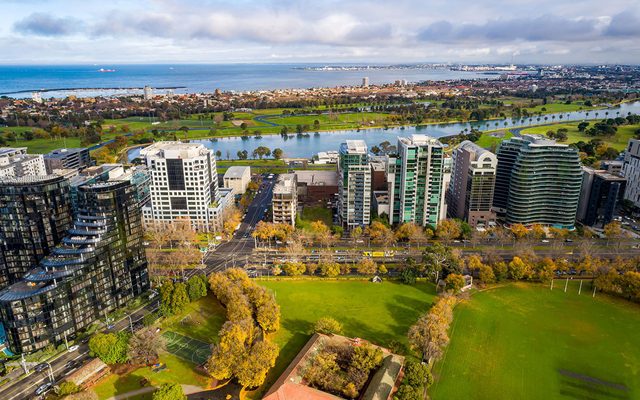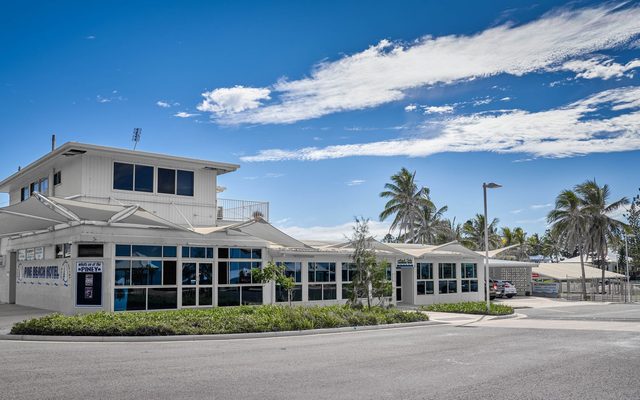This article is from the Australian Property Journal archive
AT least one in six Australians – and perhaps more than one in four – now live in strata-titled properties such as apartments and townhouses, and the number of strata houses is growing as governments look to build up, rather than out.
According to the Australasian Strata Insights Report 2022 from UNSW’s City Futures Research Centre, there has been 7% growth in the number of strata-titled lots in Australia in the past two years – totalling more than 200,000 – taking the total of strata and community-titled lots past three million.
Each Australian state and territory, along with New Zealand, experienced growth in strata lots in that time.
“This increase reflects population growth as well as government policies to promote urban consolidation – that is, building up, rather than out – within existing urban areas,” said Professor Hazel Easthope who led the research project team at UNSW.
NSW recently became the first state to surpass one million strata lots, with 9% growth in two years. ACT has the highest growth rate with a 19% jump.
This report found conservatively at least 16% of Australians live in strata-titled properties, with 10% of the population in apartments and 6% in other strata dwelling types such as townhouses, retirement villages, holiday parks and strata-titled detached housing. However, the total number is potentially as high as 26%.
Strata-title property ownership was introduced in Australia in the 1960s. Easthope said strata developments have grown from an initial concentration in a few small pockets of urban areas, to become an important feature of the housing landscape across Australia and New Zealand.
“In 2023, people value access to work, shopping, entertainment and recreational amenity more than any other time in our history, and strata living is leading the charge to fulfilling these needs,” said SCA national president Chris Duggan.
“Strata living serves as both a preferred housing choice for discerning owners wanting best in class location and amenity and also as a cost-effective entry point to the market, whether rental or ownership, providing immediate answers to the cost of living crisis and housing affordability as more stock enters the market.”
Nearly half (47%) of strata-titled tenants rent, 12% own outright, 16% own with a mortgage, while 17% are unoccupied.
Half of Australia’s strata building stock was built before the year 2000, highlighting a need for retrofitting. Duggan said that governments and the property industry must come together to coordinate policy solutions, such as ageing building stock, as well as the current construction slowdown, population growth and housing shortages.
Australia’s strata properties have a total insured value across schemes of $1.257 trillion.
More than 10,000 people are directly employed in the industry.
There were nearly 4.7 million callout jobs in 2021, with plumbing, gardening and electrical jobs the most common, while 441,000 professional services were engages, most commonly lawyers, valuers and engineers.
Across the ditch, New Zealand has 164,246 lots across 15,180 schemes, putting it somewhere between South Australia and Western Australia in size.




